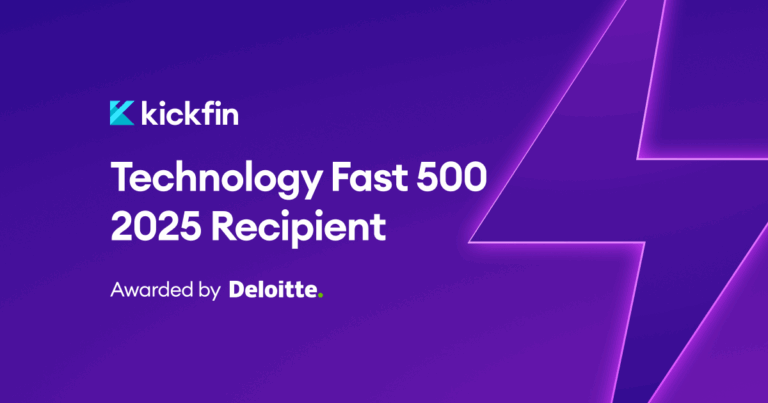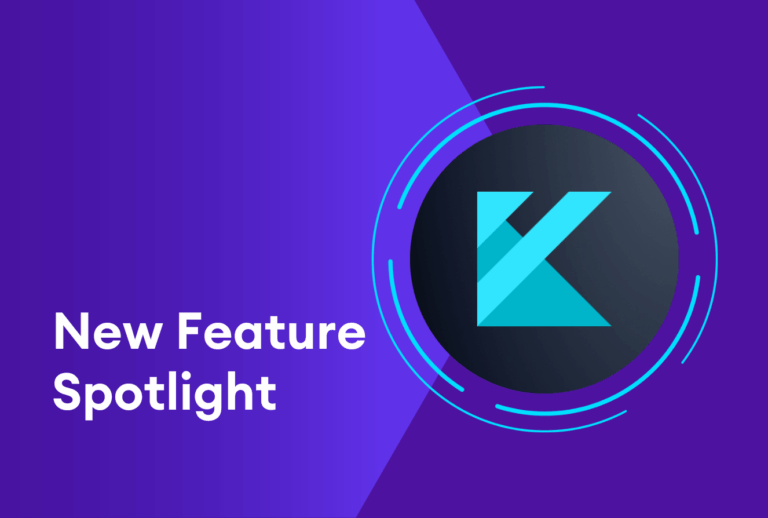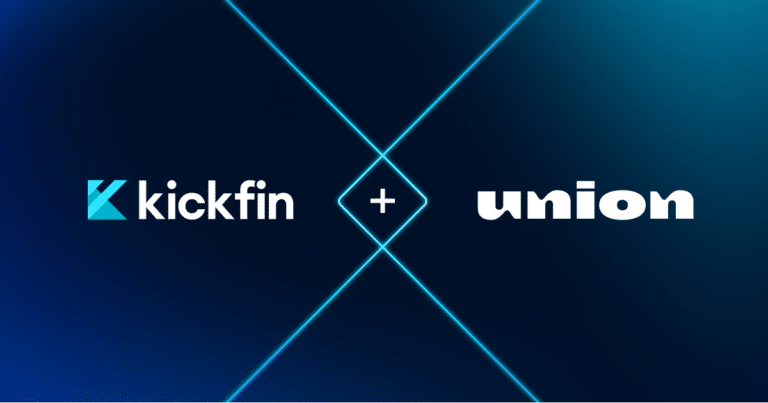If you’re starting up your own restaurant, bar, brewery, or event space and you plan on serving alcohol, you’re going to need a liquor license. It doesn’t matter the state where your business will be located: it’s always illegal to serve alcohol without a proper license.
But getting a liquor license can be difficult and time-consuming. And once you have one, you can lose it if you violate state guidelines, whether it’s over-serving your customers, serving minors, selling alcohol during restricted time frames, or disorderly conduct in your establishment. And now with Covid-19 in the picture, state liquor authorities are temporarily revoking liquor licenses from restaurants and bars violating mandated health and safety protocols related to the pandemic.
Here’s everything you need to know about getting a liquor license in 2020: what it is, how much it costs, and what to expect from the process.
What is a liquor license?
A liquor license makes it legal for your establishment to sell alcohol. Liquor licenses are issued by the state in which your business operates, as different states have different regulations relating to alcohol sales. Requiring restaurants and bars to obtain a liquor license makes it possible for the state and municipal government to enforce their alcohol policies.
What kind of liquor license do I need?
The type of license you need depends on how you sell or serve alcohol. The two primary “categories” are on-license and off-license.
- On-license: This is for businesses that are selling or serving alcohol to be consumed on-premises. (Also called on-premise or on-sale licenses.) This is the type of license that a restaurant or bar needs to obtain.
- Off-license: Specifically for businesses selling alcohol to be consumed elsewhere. Liquor stores, wine shops, and grocery and convenience stores are all examples of businesses that sell alcohol for “carry-out,” requiring an off-license.
There are several types of on-licenses that restaurants and bars may need to apply for, depending on the type of alcohol you’re serving and the manner in which you’re serving it. A few common examples:
- Restaurant liquor license: This is generally known as the “all liquor license” because it allows a business to serve all types of alcohol
- Beer and wine liquor license: Unlike the “all liquor license,” a beer and wine liquor license doesn’t permit you to sell stronger spirits.
- Tavern liquor license: This is commonly used for restaurants that serve both food and alcohol but have at least 50% of sales generated solely from liquor.
- Server license: Some jurisdictions require individual servers to apply for a server license in addition to a liquor license. Any staff serving alcohol of any kind must take a liquor class prior to getting this license, which educates them on the kinds of alcohol there is, the legal amounts in which to serve it according to the state, and DUI and DWI laws.
How much does a liquor license cost?
How much a liquor license costs depends on the state you’re operating in and the type of license you’re applying for. The range can be anywhere from $50 to more than $300,000. The average, however, is around $1,400.
Keep in mind that you might be expected to pay additional processing fees depending on your local regulations. Some states have Liquor License Quotas, which means that only a certain number of licenses can be in use at the same time, depending on the population of the area. If that’s the case, then a new liquor license can be more expensive due to limited supplies.
How do I apply for a liquor license?
Applying for and obtaining a liquor license is a bit of process. There are a number of steps you have to take (and hoops you have to jump through) not only to get your license, but to maintain it.
- Know your state’s liquor laws
Before you can apply for a liquor license, you have to know what you’re applying for. Remember, there are different licenses available depending on what kind of establishment you’re opening: a restaurant, a tavern or bar, or a liquor store. Also be sure to brush up on any additional requirements your city or county may have in place. You can consult your local Alcohol Beverage Control (ABC) board for this information, or you can check with your state’s alcohol or liquor agency.
- Get all of your business permits
Before you apply for your liquor license, check to see what kinds of permits you’ll need for your application. Here again, your local ABC board can be a great resource. Check their website to see which ones you’ll need. (Once you have them, keep all of the paperwork secure and on-hand, as you’ll most likely have to present it.)
- Apply with your local ABC board
Once you’re familiar with your local laws and know the type of license you’ll need, then it’s time to apply with ABC board in your area. You can do so in person, or in some cases, you may be able to apply online.
- Defend your proposal
You might need to defend your case as to why you want to sell alcohol in a public hearing if a member of your local community protests your application.
- Renew your liquor license and permits
Applying for a liquor license isn’t just a one-time thing. Expect to renew your license and permits every one to three years. And keep in mind: if you’re found to be in violation of liquor laws, you could have your license suspended or revoked altogether.
How long does it take to get a liquor license?
Like we said: getting your liquor license is a process. In some cases, expect to wait weeks or even months for your application to be processed and approved. The standard waiting time to hear back from your local ABC board is up to six months. If you live in a state with quotas, it can take longer, as you’ll have to wait for another business to forfeit theirs (or you can try to buy one on the secondary market).
So if you know you want the option to sell or serve alcohol, our advice is apply for your license as soon as you can in your startup process.
Liquor licenses: worth the hassle?
Getting your liquor license requires a lot of patience and planning — and it can be a financial investment, too. Beyond obtaining the license itself, there are other costs that go into serving alcohol, like equipment, server training, building out a drink menu, etc.
For bars, obviously, getting a liquor license is a no-brainer; for other establishments, you’ve got to decide whether it’s worth the hassle on and cost on the front end as well as the effort to maintain it. Take into account your location, hours, menu, and customer base/demographic. For example, a family or kid-focused establishment may choose not to serve alcohol. The same goes for restaurants that operate only on weekdays, during regular business hours — like breakfast spots, or cafes and coffeehouses catering to working professionals.
But many customers expect alcohol as an option, especially if your restaurant operates on evenings and weekends, or if your menu lends itself to alcohol pairings. It’s also important to note that alcohol sales generally have higher margins than food sales, so financially speaking, a liquor license is often worth the up-front hassle.
Bottom line: before pursuing a liquor license, be sure that serving alcohol in your establishment is actually going to benefit your business. If you decide to move forward, don’t be intimidated by the process. Simply do your research on the front-end: determine the licenses you need, learn about the regulations that apply, and understand the associated costs and timeline.
(Need help staffing your bar? Read our tips for hiring a bar manager here!)







